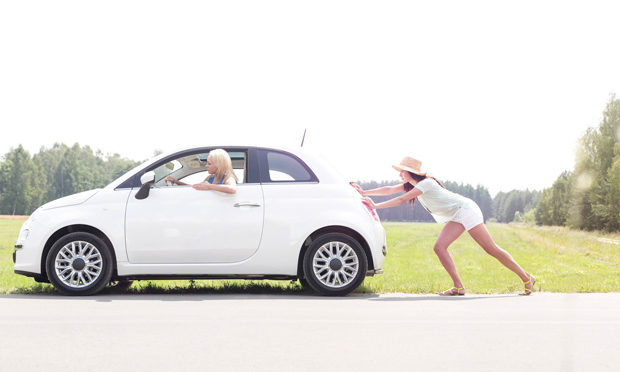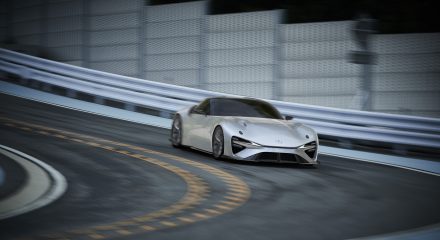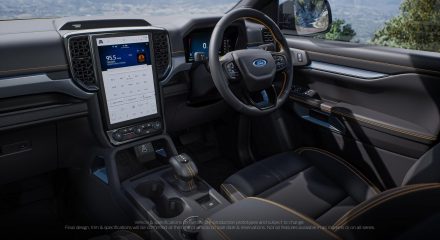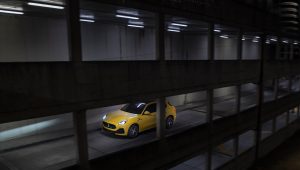Breakdown busters

Breakdown busters you can rely on
We all know that our roads are hazardous at the best of times – even when things are going well and your car is running perfectly. However, the ultimate hazard is breaking down, a situation that can be especially dire when you’re out alone.
What can go wrong?
There are a number of reasons your car might break down. Here are some of the most common – and what you can do about them.
Puncture or blow-out
Make sure that you know how to replace a tyre and that you have a jack. Your car must be parked well off the road and you should aim to park on a level surface. Ensure that your handbrake is on. If you have a blow-out or you think there as something wrong with any wheel or tyre, don’t jump on the brakes. Steer the car and, when you are sure you have control of the vehicle and are heading in a straight line, gently apply the brakes and stop.
Loss of water
The temperature gauge will indicate that the engine is overheating, or a light will flash on your instrumentation panel. Stop in a safe place as soon as you can, and be careful when opening the bonnet. Do not remove the radiator cap; if you do, you will be blasted by steam. You will hear the motor hissing away. Generally this will have been caused by a broken hose or a broken fan belt, neither of which you can fix yourself. Never add cold water to a radiator that is boiling; allow it to cool first and always start the motor before adding water.
Broken fan belt
A red light on your dashboard will indicate that the alternator has stopped working. Do not drive the car any further as the fan belt also drives the water pump (in addition to the alternator). If you do drive, your engine will seize.
Low oil
If your car is low on oil, a light will come on (an oil pressure light, normally orange) or your oil pressure gauge will drop to zero and a buzzer may come on. This could be caused by a hole in your pump or oil pipe. The sooner you stop, the cheaper it will be.
Flat battery
If your car won’t start, chances are good that the battery is flat. You need to jump-start it (make sure you have the cables and know how to use them). Before jump-starting, check that the terminals haven’t just come loose. None of the lights on your dashboard will come on if your battery is flat, unless you have a voltage gauge.
Faulty immobiliser
If the engine is turning over but won’t start, it’s highly likely that your immobiliser is faulty. Alternatively, you have flooded the engine or there is no ignition spark. If you are smelling fuel, chances are good that the engine is just flooded. Give it a couple of minutes and start the car again, but don’t touch the accelerator pedal.
Prevention is the cure
It is very important to do everything you can to avoid breaking down in the first place. This means servicing your car regularly and topping up fluids. If you’re concerned about servicing costs, buy a car that comes with a free service or maintenance plan. If you’re not sure which fluids require topping-up, ask a garage attendant or pop into the dealership that sold you the car.
Lights mean action
Those lights on your instrumentation panel are there for a reason, and it’s important that you understand the meaning of each one. Set aside a couple of minutes to read the handbook. If a light does come on, address the situation; don’t ignore it. It won’t just go away.
Pay your subs
Some car manufacturers and some insurance companies offer free roadside assistance when you buy their products. If this doesn’t apply to you, ensure that your Automobile Association (AA) subs are up-to-date.
Try to get to safety
If you are encountering car troubles, try to get to a safe (read ‘busy’) place where you can call for help. This includes a flat tyre – it is better to drive slowly to a safe place and risk destroying the tyre than stopping in a dangerous place and putting your life at risk. If you cannot drive the car, pull off the road, park with your wheels pointing to the left (so, if someone rear ends you, you are pushed off the road and not into the traffic) and put on your hazard lights. Get out of the left side of the vehicle. If at any stage you feel unsafe, return to your car and lock all the doors.







